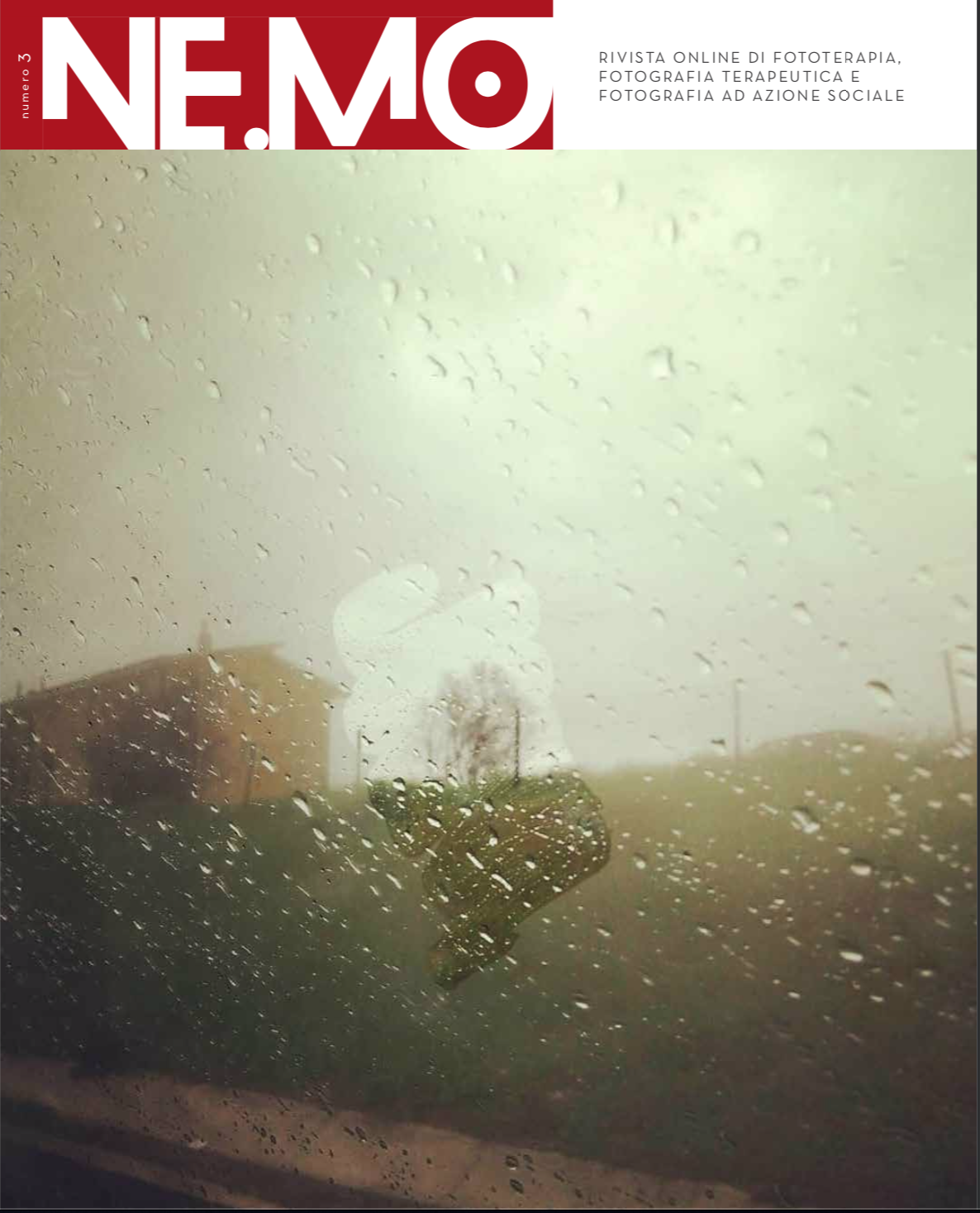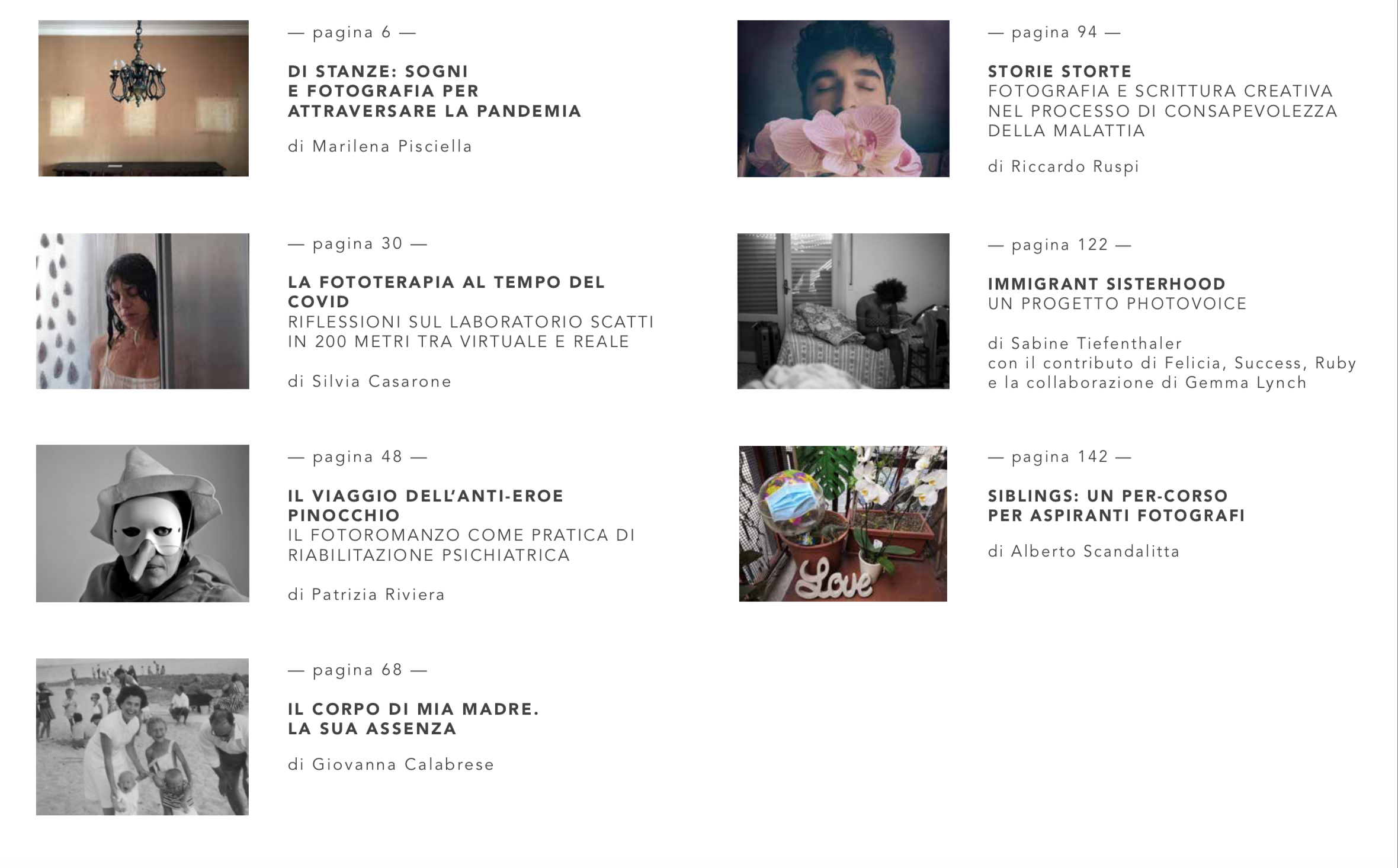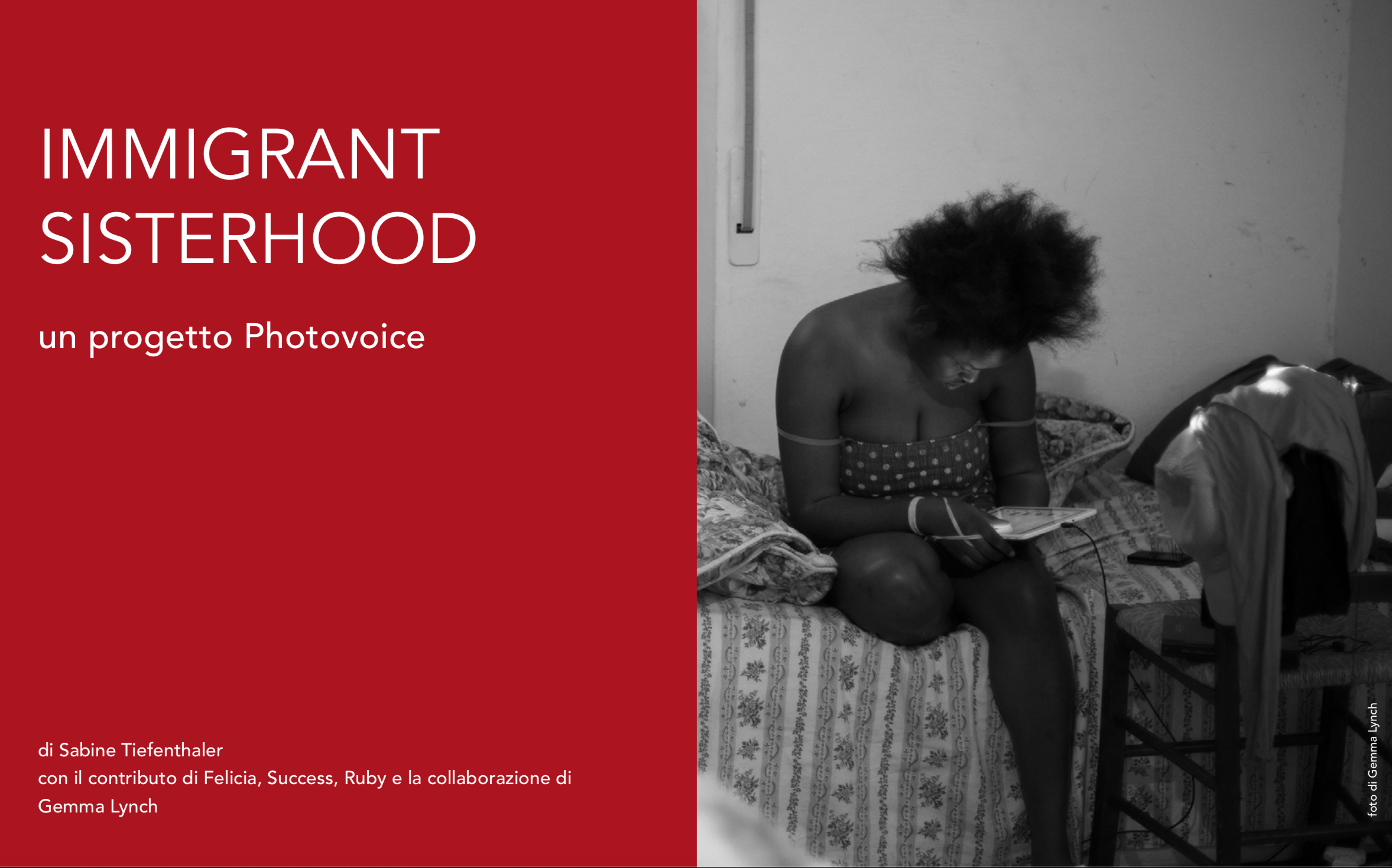Immigrant Sisterhood
Immigrant Sisterhood is an ethnographic-participatory research project where young female refugees want to show different aspects of their life. The used method called Photovoice combines photography, focus groups and social action. By means of photography, Photovoice seeks to enable marginalized groups and their individuals to record and reflect on community strengths and challenges.
Migrants who arrive in Sardinia as opposed to the mainland often encounter a double culture shock as they find themselves on an island, not a continent and in one of the poorest regions in Italy. Unable to work (as they would lose the assistance for the public body) they often spend their days restless, bored and frustrated. The women in particular face the stereotypical presumption of many locals that all migrant women are prostitutes and so many of the girls feel threatened, undervalued and objectified. The project stems from a concept called Photovoice, its aim is to give a voice to the voiceless and instead of photographing people in unfortunate or desperate situations, the camera is given to the subjects and they explore and capture their lives. We carried out photography workshops for 4 girls who were all living together in a small apartment in a remote city in the South West of Sardinia. The apartment had no heating or hot water and due to the unpleasant attention the girls often received in the town, they chose more often than not to isolate themselves at home. Many of the girls have experienced trauma either in their home countries or during their long journey to reach Europe and suffer from insomnia and depression.
We used single-use film cameras with black and white film and also took the girls to a darkroom where we processed and printed their pictures together. I felt that film was the best medium to discourage the girls from the immediacy and pop culture nature of taking photos on their phones (which they were doing already). Having never had access to film cameras before, I also wanted the girls to experiment with the idea that they could not predict or immediately see the results of the photos. They would have to shoot what they chose as important at the time, knowing there were only 35 pictures per camera. I also thought that the surrealist results often gained from film photography could encourage the girls to enjoy the ambiguity in the stories they told through the images. My pictures instead are reportage of the process and the girls themselves and their living conditions. In this way, we combined the insider and outsider perspectives. The collection had an exhibition in Bolzano in October and another exhibition was shown in Malles from the 9th of March 2020. The next exhibition is at the Museo Delle Donne from March 30th 2021 for 4 weeks.
Immigrant Sisterhood was selected for the Call for Paper for Ne.Mo magazine, published 27.03.21. The full edition (in Italian) can be downloaded from the NetFo website https://www.networkitalianofototerapia.it
Here is a video made during the exhibition in 2019 by Stampa Giovanile:
https://www.facebook.com/StampaGiovanile/videos/immigrant-sisterhood/676774522854161/
Project website:
La Pace
What motivates someone to work with the macabre world of being a funeral director? Who would choose to spend more time with the deceased than with the living? Is it lonely?
These were just some of the questions I had when I approached the funeral director of La Pace (Peace) for this series.
We had many long conversations about the things he had witnessed over the years, he loved to tell me gory stories, the bloodier the better. He told me about objects relatives had asked him to put into their loved ones coffins, even if it was a cremation. One woman had asked him to put in an unfinished crossword and cardigan in with her husband in case he got cold. I was intrigued to learn that much of his work is about preparing the living for life without their loved one. He also seemed to have no fear of death whatsoever; if anything he revelled in the imagery and morbidity. He showed me photos of himself posing proudly inside coffins. His office and reception room is in fact a treasure trove of photos from his youth, skull ornaments, foreign currency and his medals in Aikido.
Occasionally I would pass by on a Sunday afternoon, I wouldn’t necessarily take photos, we would just sit quietly and watch television. One particular afternoon it was the royal wedding between Prince Harry and Meghan. We watched the procession, saw the celebrity guests arrive and I witnessed a moment of history from my home country, sat in a funeral parlour. He turned to me and said, “This marriage is doomed.”
When I asked if I could bring some actors along for some reconstructions, Mr Ligas seemed to thoroughly enjoy this process of sharing the rituals he performs. The actors themselves also told me they had been keen to participate as one of them had always wanted to see what it felt like to lie in a coffin, and the other had always dreamed of becoming an undertaker but instead worked at the airport.
Rodeo
Sardinia was used extensively as a location for Spaghetti Westerns of Italian and American film in the 60’s. It has many areas that are similar to the vast and dusty landscapes that would usually be associated with the Wild West. There are even towns today that could easily be confused with El Paso in the 50’s or Eldorado. Sardinia creates a sense of being a time capsule. It is far enough from the rest of Italy to maintain a very unique identity, which makes it visually very intriguing to photograph.
When I began this series, an otherwise undisturbed corner of the island had become a bustling film set and the scene depicted in some of these backstage images was for a rodeo. Even the very sand on the ground is an alien intrusion, lay days prior and brought in from a neighbouring beach.
I was documenting the fabricated, the transient, a world created that had transformed the life of a place and its residents only to then be dismantled and driven away, like a summer circus. I like this ambiguity in the images; and when I realised that I had coincidentally already collected similarly themed images around the island that somehow perfectly captured this wild and baron world without time, it seemed only natural to unite the images together in a single collection.



